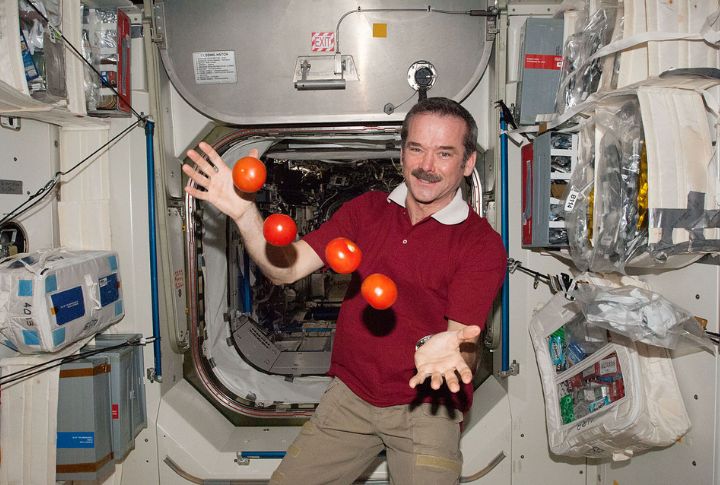
Not all food comes from the places you’d expect. Some farms thrive in the depths of the ocean, while others operate in the coldest or driest landscapes on Earth. Advances in science and creativity have made it possible to grow crops in the most unlikely settings. Get ready to explore ten fascinating locations where food is grown in ways you never imagined.
Underwater Greenhouses In Italy
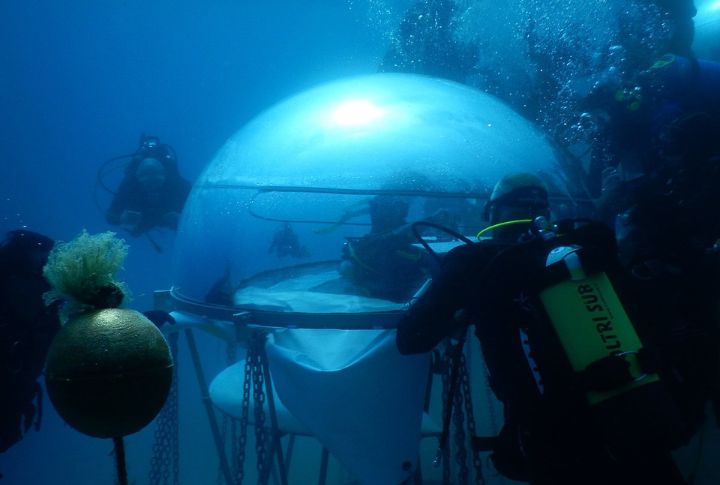
Nemo’s Garden, an underwater farm off the Italian coast, was initiated in 2012. It cultivates crops inside biospheres tethered to the ocean floor. The steady temperature and natural evaporation, paired with a pest-free environment, create an ideal setting. Over the years, the project has successfully harvested various crops like herbs and fruit.
Tropical Pineapples In Hothouse In Scotland
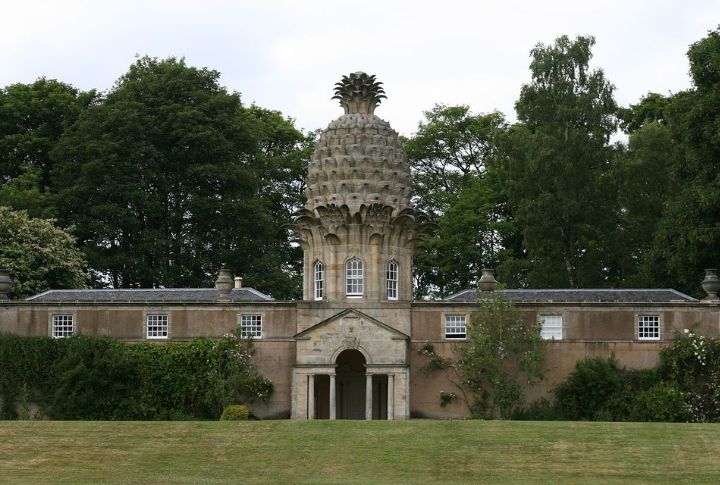
Scotland and pineapples sound like an unlikely duo, but history proves otherwise. The Dunmore Pineapple, a bizarre 18th-century estate, had experimental hothouses that cultivated pineapples using heated walls. Back then, owning a pineapple was a symbol of prestige, often rented for lavish dinner displays before being eaten! Amateur Scottish gardeners still grow them.
Tomatoes In The International Space Station
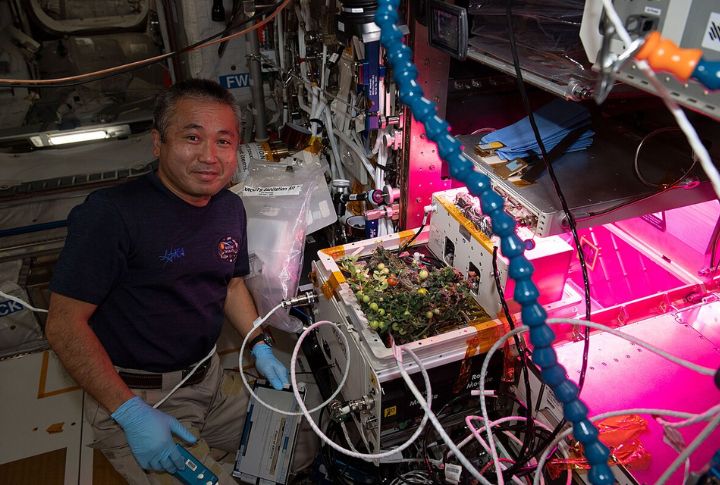
The International Space Station has become a laboratory for the future of food! Astronauts aboard the ISS have conducted experiments growing dwarf tomatoes, focusing on light quality and nutrient delivery factors. Space-grown crops may revolutionize future space travel, ensuring fresh food for missions to Mars.
Lab-Grown Meat From Petri Dish to Bioreactors
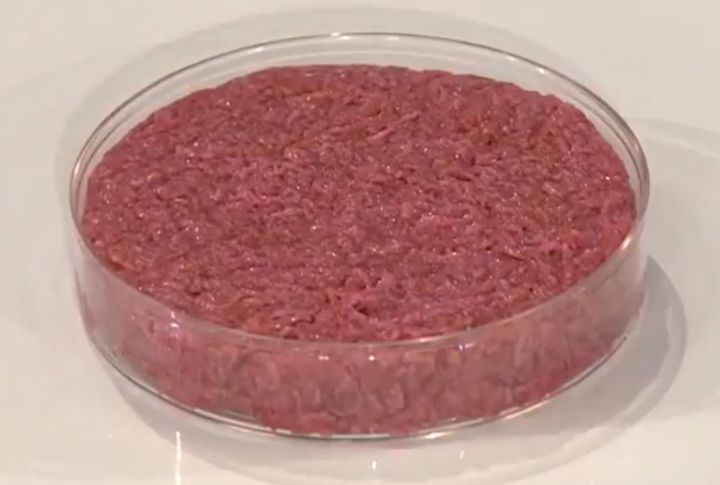
The world’s first lab-grown hamburger, developed in 2013, cost approximately $330,000 and was initially cultivated in a petri dish. It has since advanced into large-scale production using bioreactors—specialized tanks that mimic the conditions inside an animal’s body. The industry has expanded beyond beef, with companies now producing lab-grown chicken and seafood.
Truffles In Deserts Of The Middle East
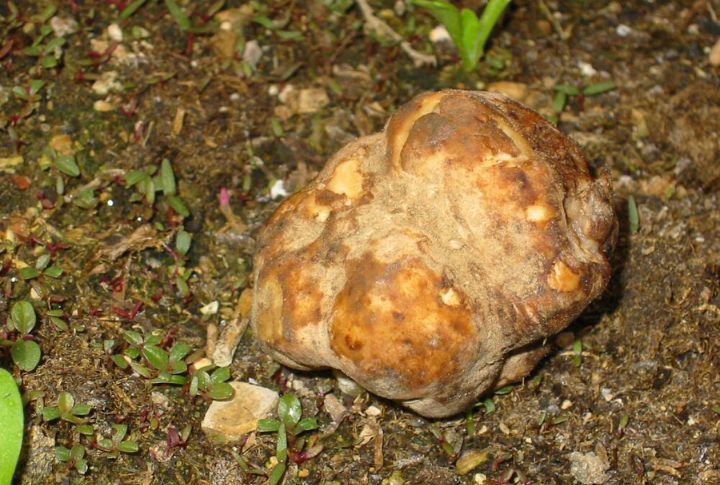
Truffles grow deep in Saudi Arabia’s deserts despite the arid conditions and lack of tree roots, forming a unique symbiotic relationship with desert shrubs. These wild delicacies appear only after rare desert rainfalls, absorbing moisture through underground fungal networks. Bedouin nomads have foraged these rarities for centuries.
Fresh Greens Growing in Abandoned Parisian Parking Lots
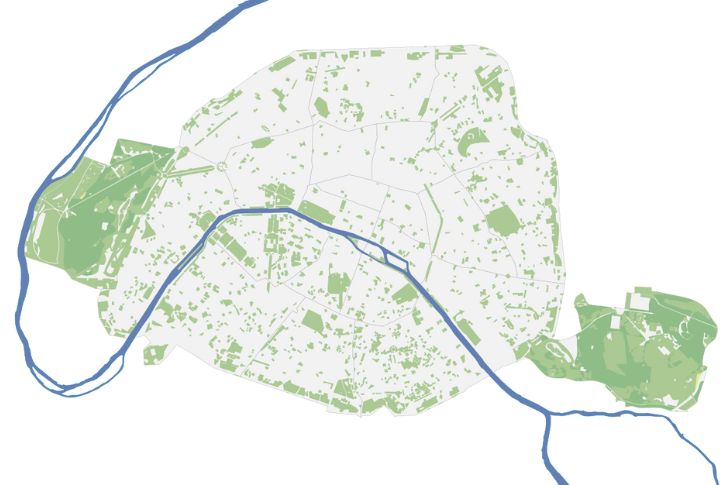
“Cycloponics” has turned abandoned underground parking lots into abundant urban farms. Their flagship project, “La Caverne,” operates in the city’s 18th arrondissement, where mushrooms, endives, and microgreens are cultivated in a controlled subterranean environment. The consistent underground climate eliminates the need for artificial heating or cooling.
The Royal Tea Harvested From Cornwall’s Soil
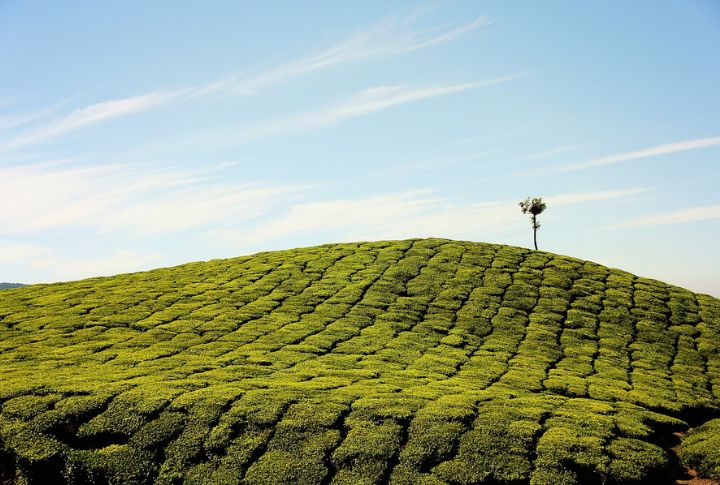
It turns out that tea isn’t just imported into the UK—it sometimes grows there, too! Cornwall’s Gulf Stream warmth and acidic soil create ideal tea-growing conditions. The conditions have led to Britain’s first commercial tea estate at Tregothnan. Their homegrown black and green teas are so exclusive they’re even served to the Royal Family!
Tropical Watermelons In The Russian Frost
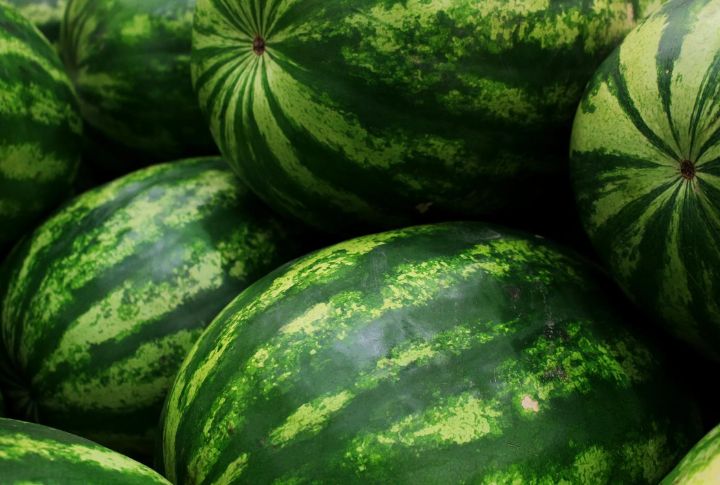
Russia’s climate may be cold and unforgiving, but watermelons have been reported to grow here! The Astrakhan region experiences scorching 40°C summers, perfect for growing melons. Farmers use black plastic mulch to trap heat and speed up ripening. Despite extreme seasonal contrasts, the Volga River’s fertile plains provide essential nutrients for farming.
Crisp Apples In The Arid Lands Of Morocco
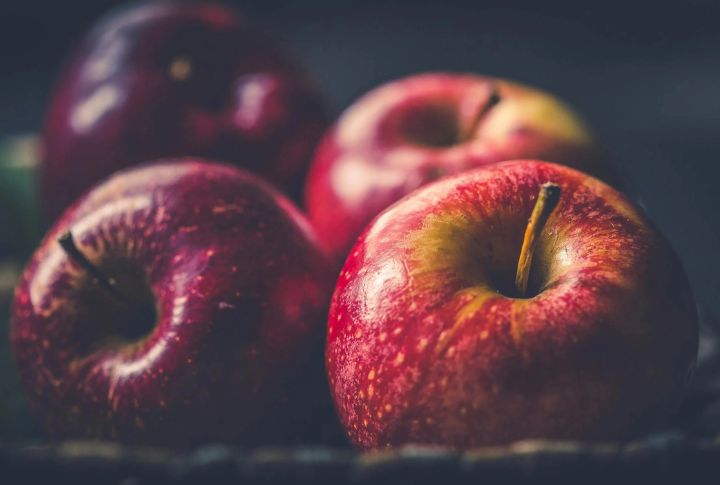
Would you believe apples grow in the world’s largest desert, where summer temperatures soar past 45°C (113°F) and annual rainfall barely reaches 100mm? Moroccan farmers in the Atlas Mountains rely on ancient qanat irrigation systems to cultivate and produce around 70,000t of crisp apples annually.
Authentic Wasabi Roots Near River Waters In England
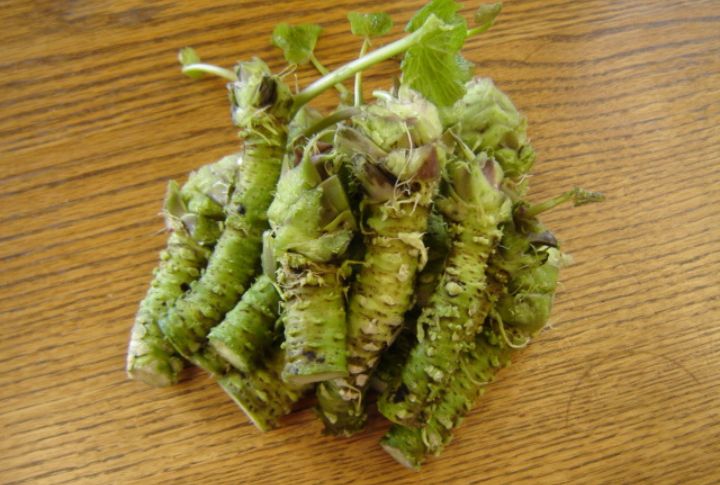
Forget the horseradish with green food coloring served with sushi—real wasabi is rare! Traditionally a Japanese condiment, it is now grown in mineral-rich river streams in Dorset and Hampshire in the UK. The Wasabi Company successfully mimicked Japan’s conditions and became the only growers of authentic Wasabi in England.
